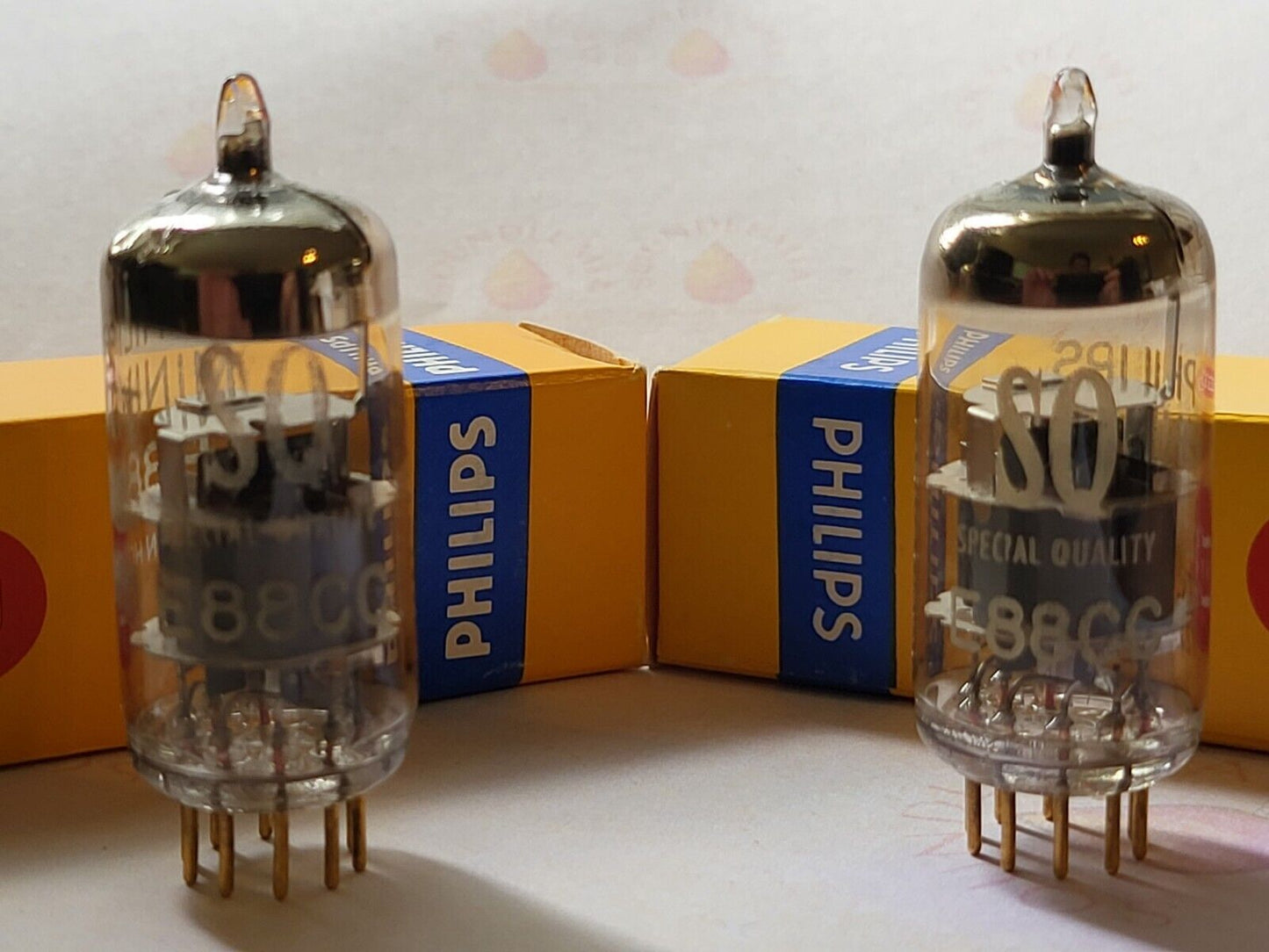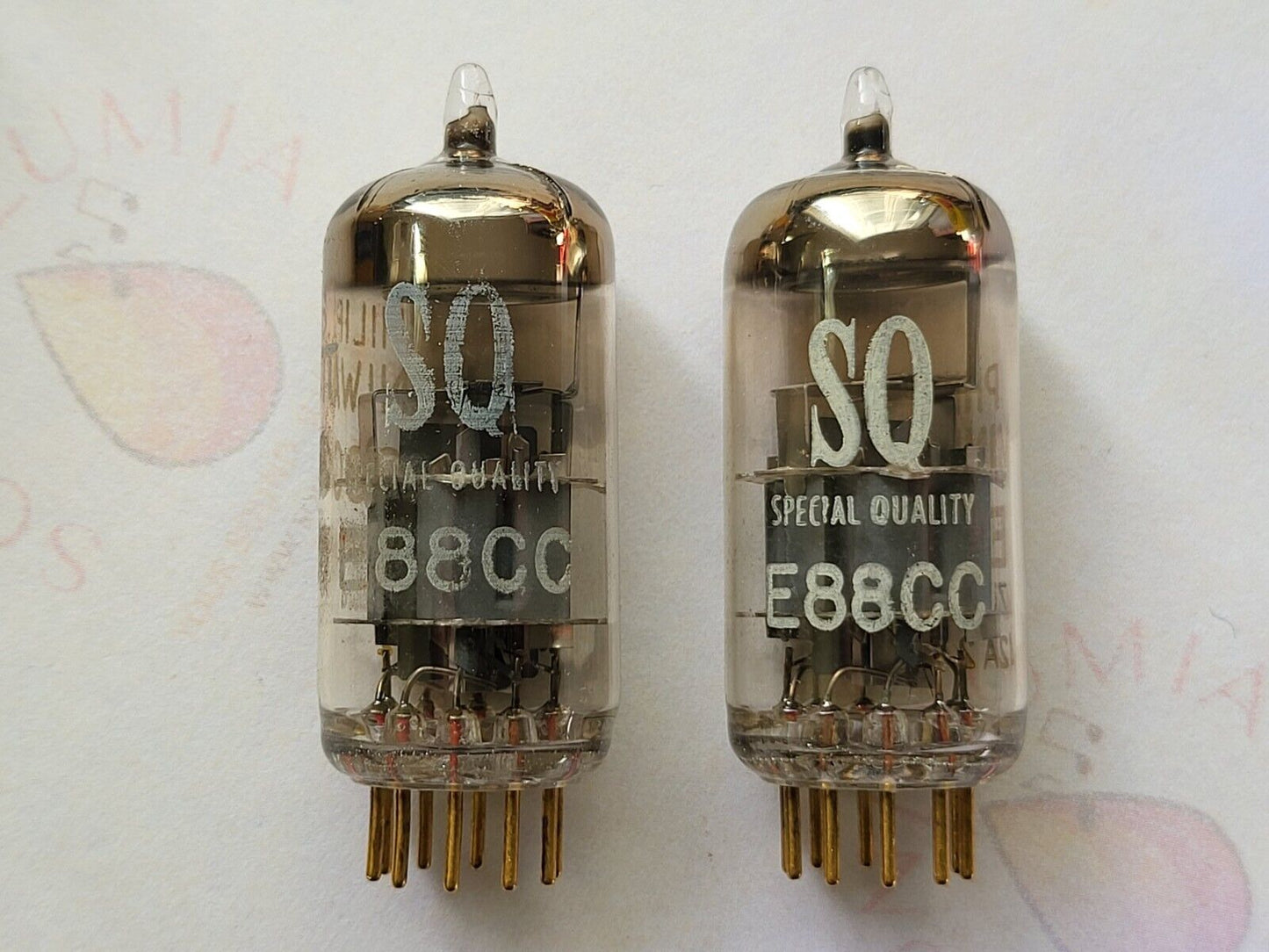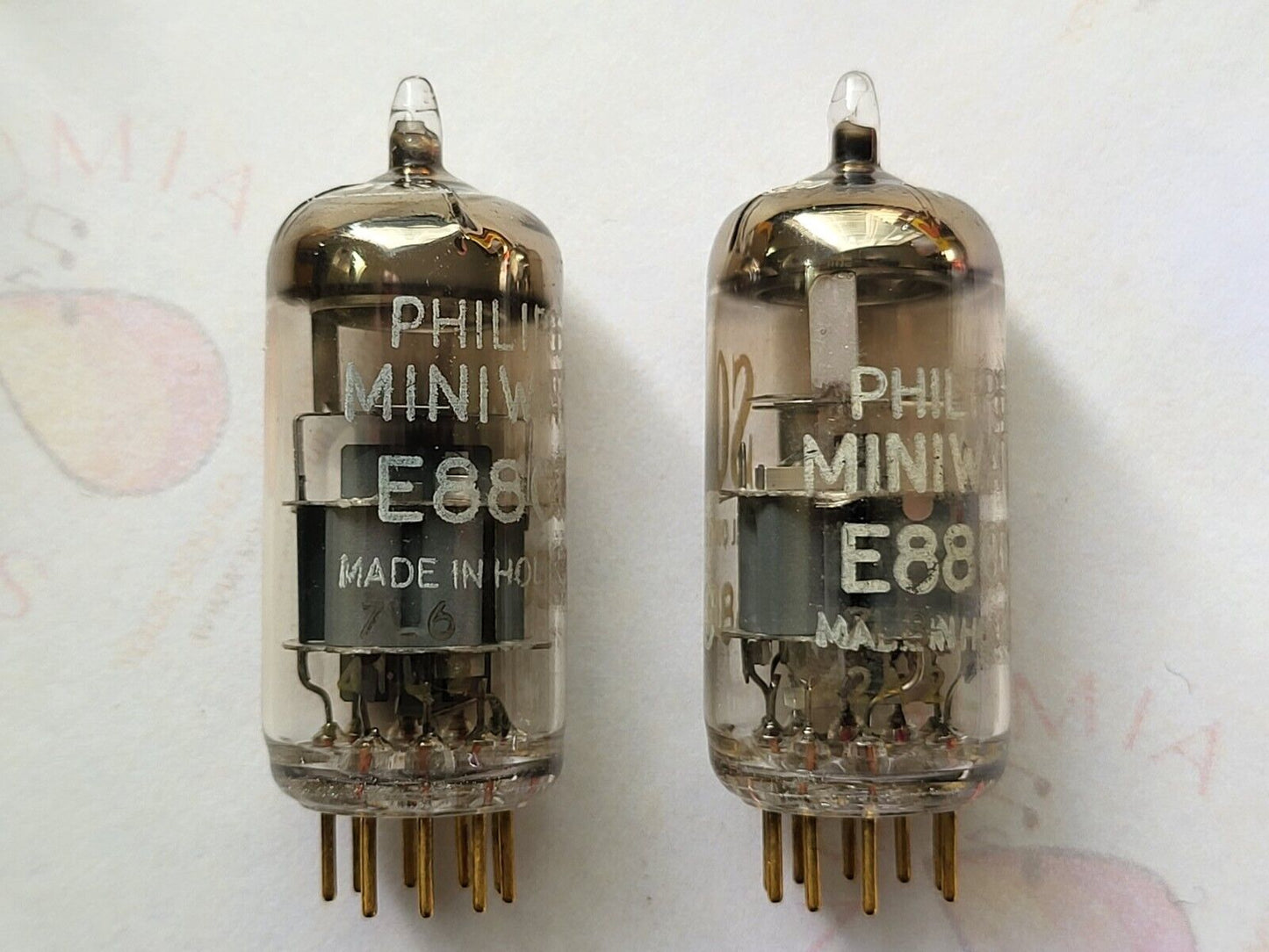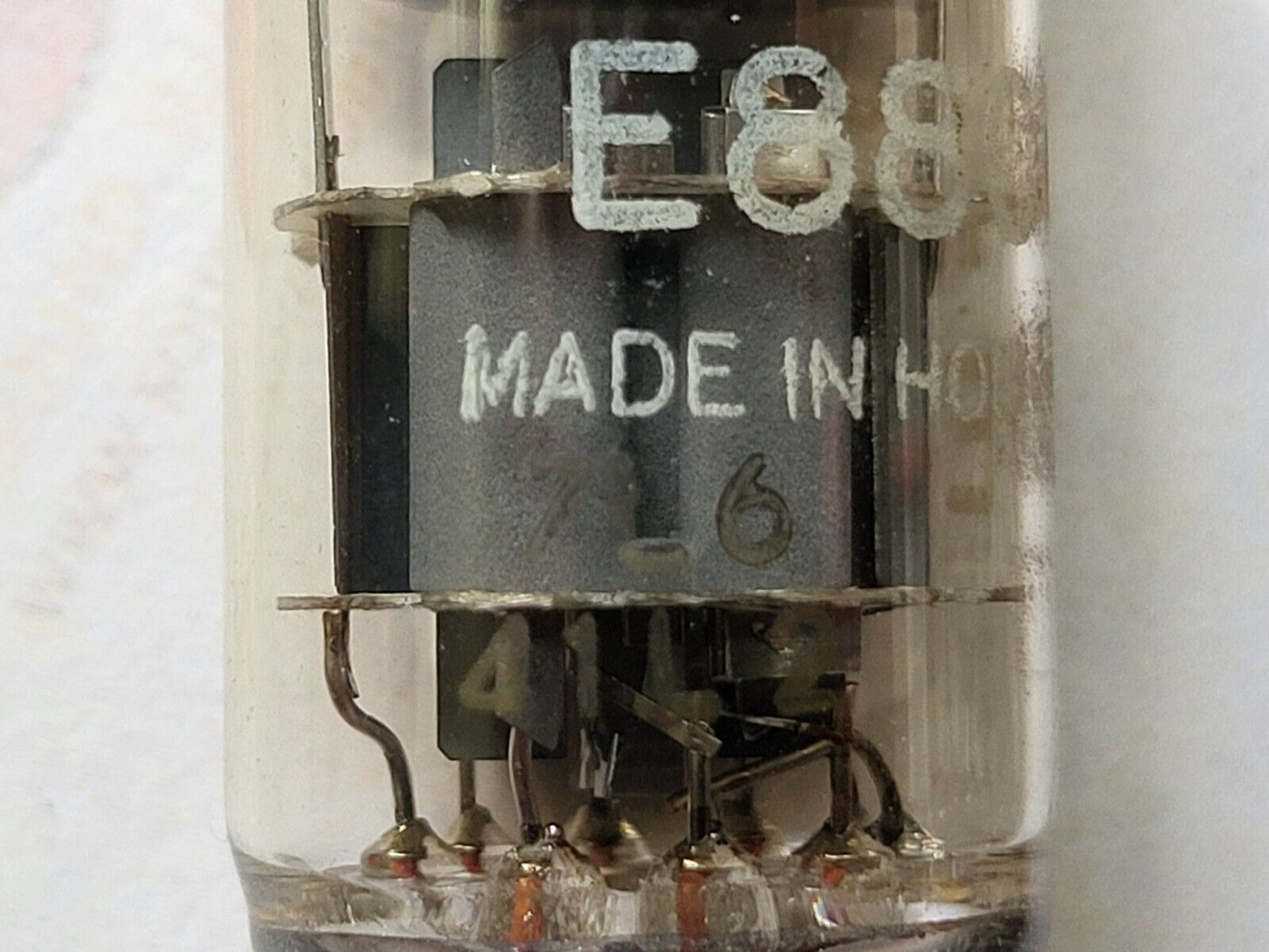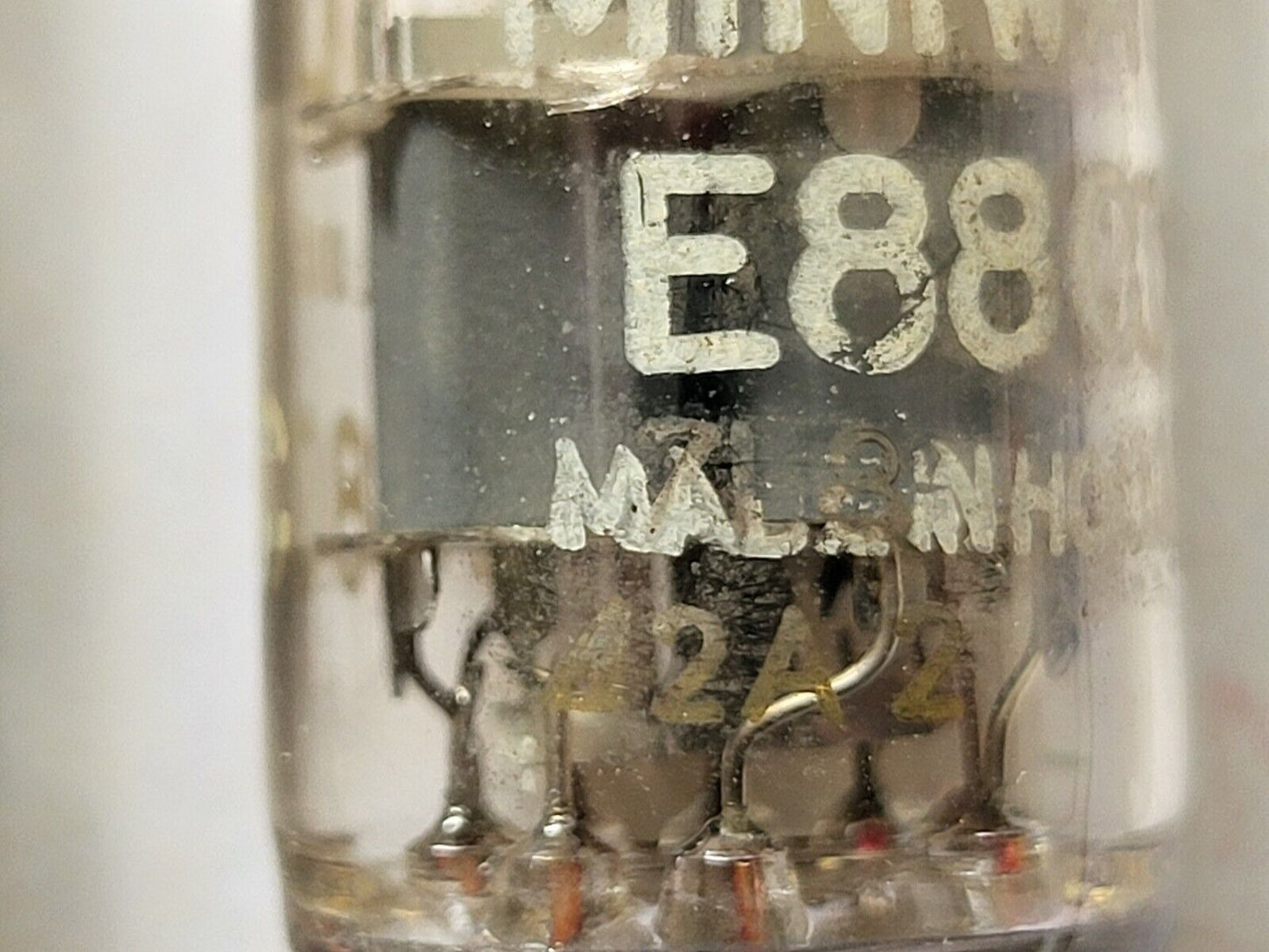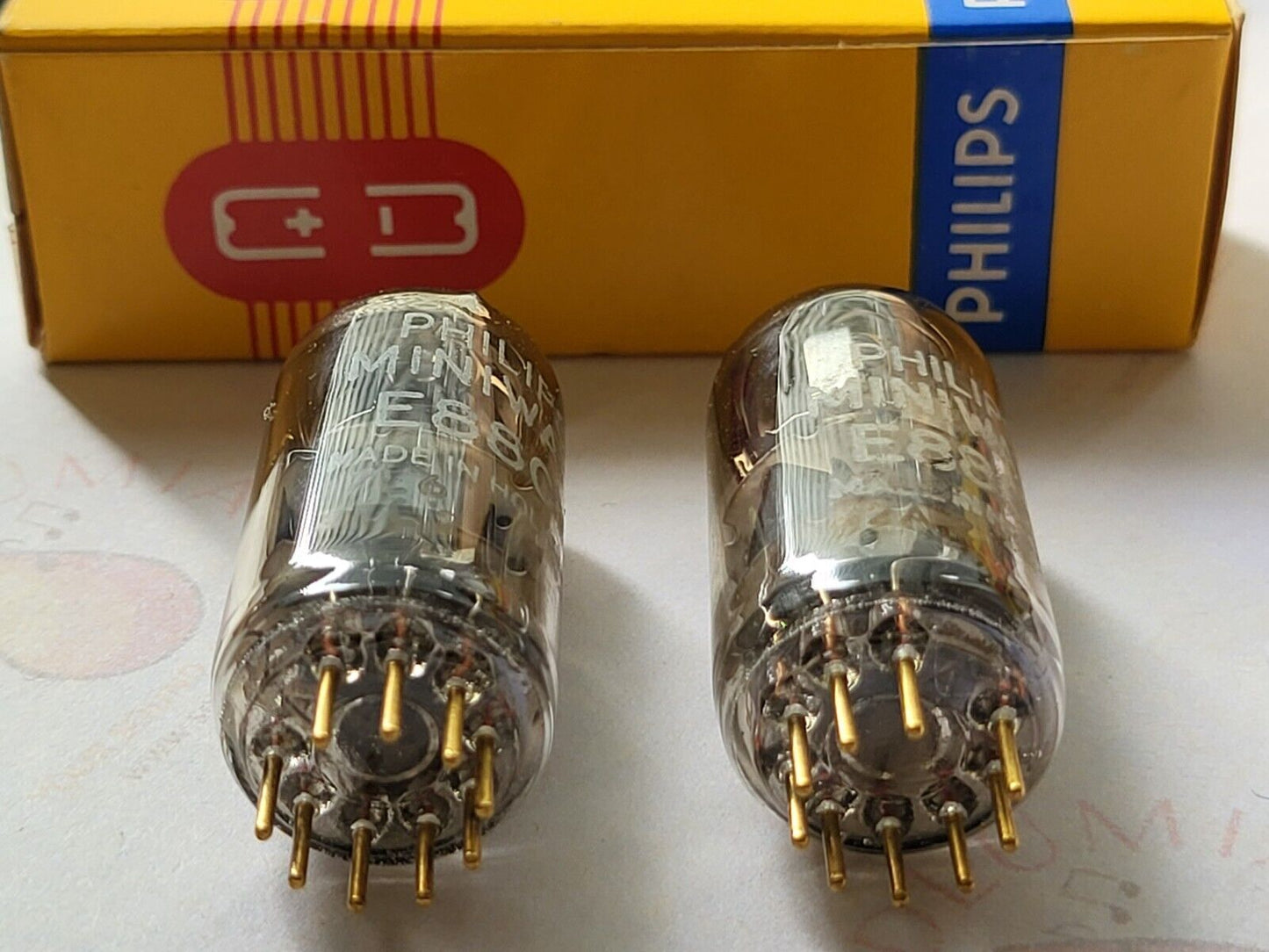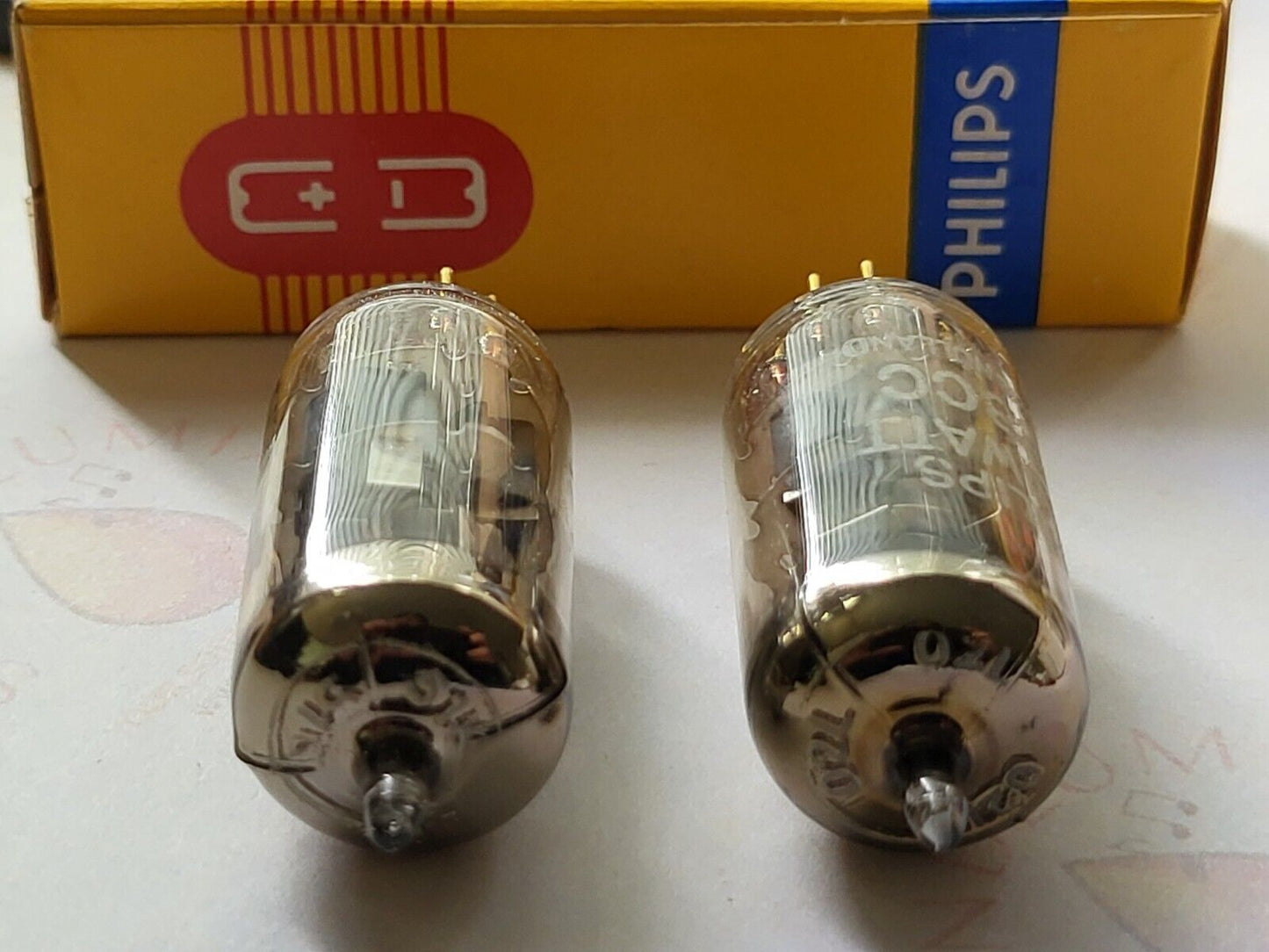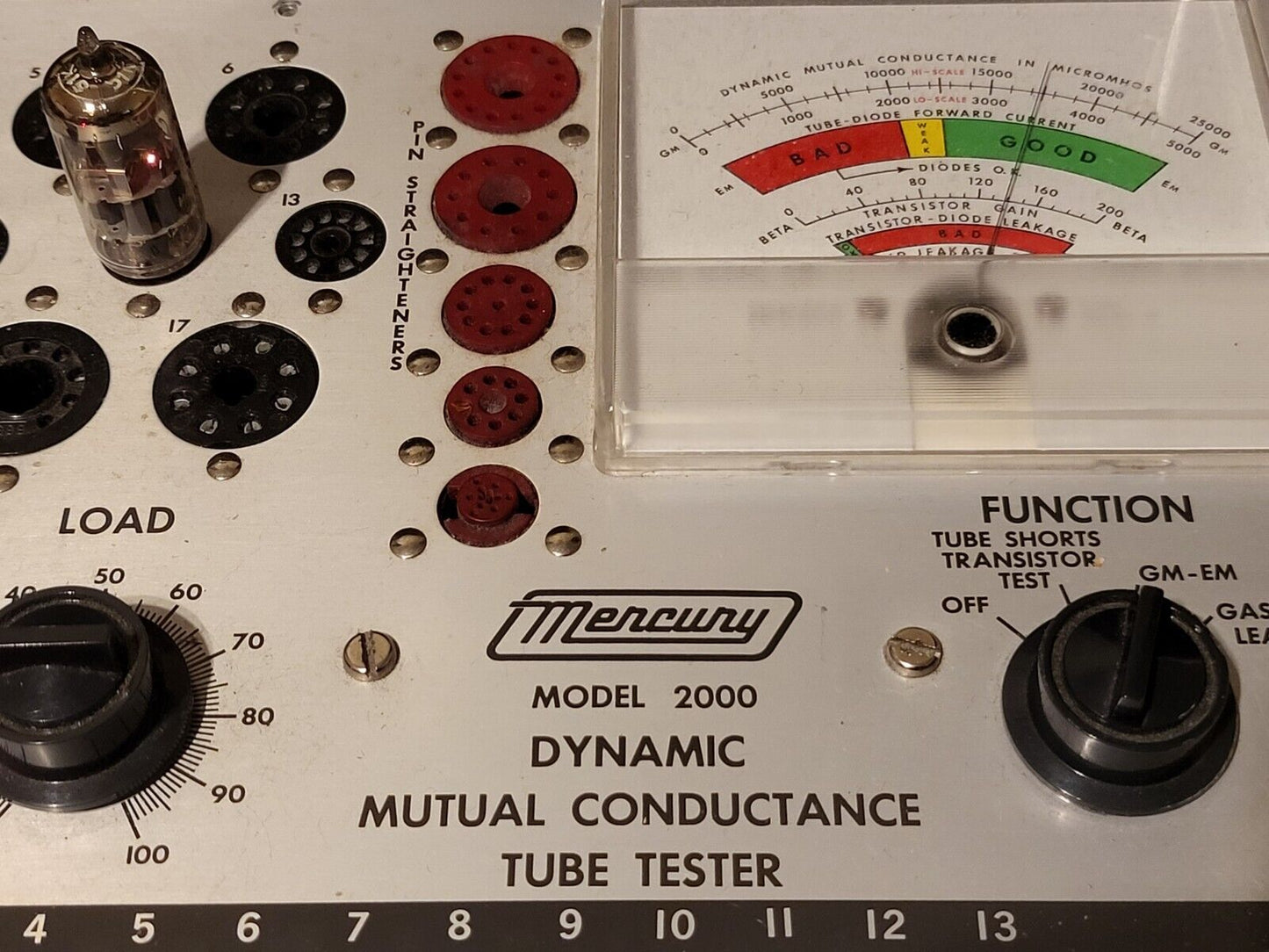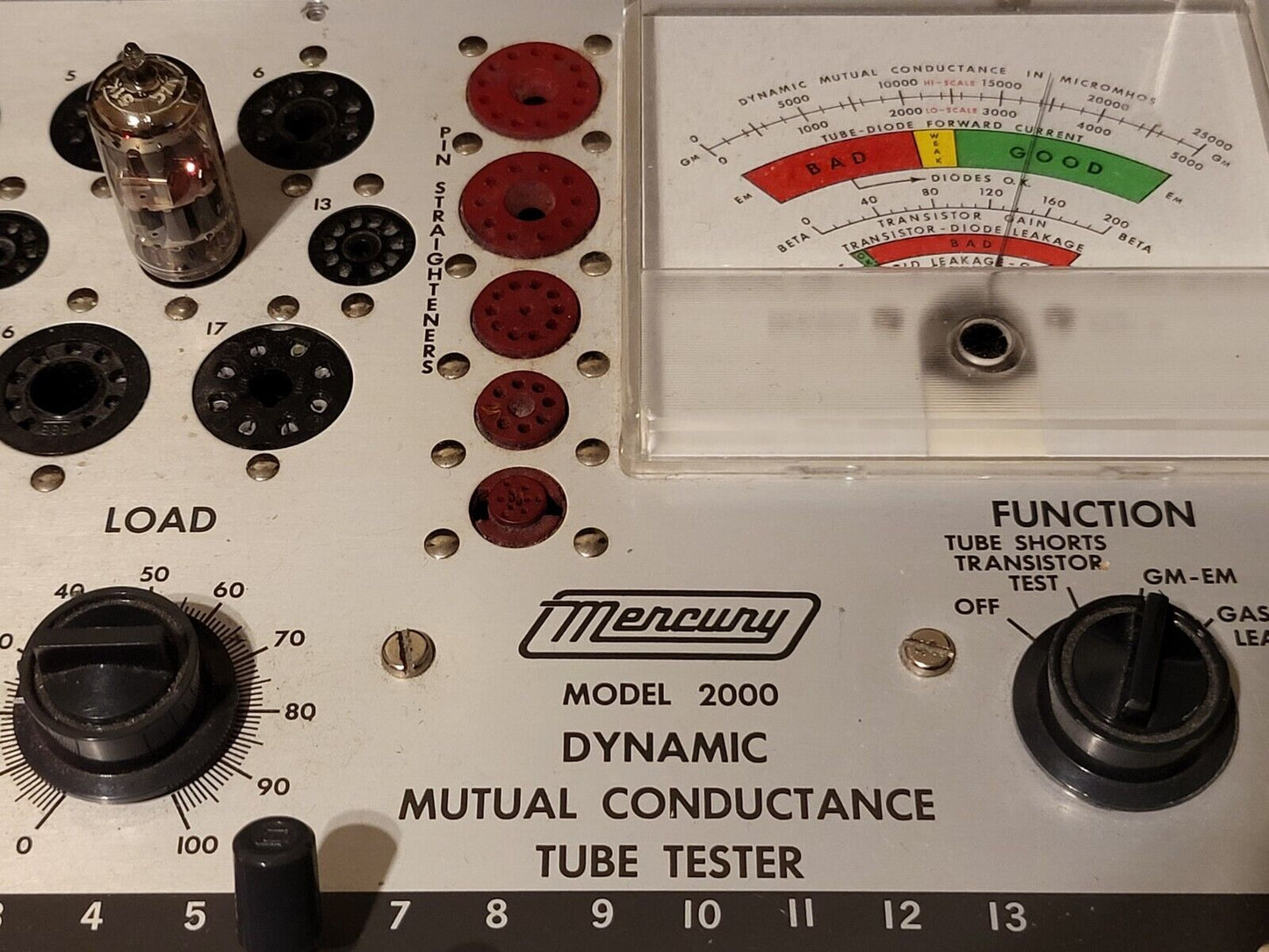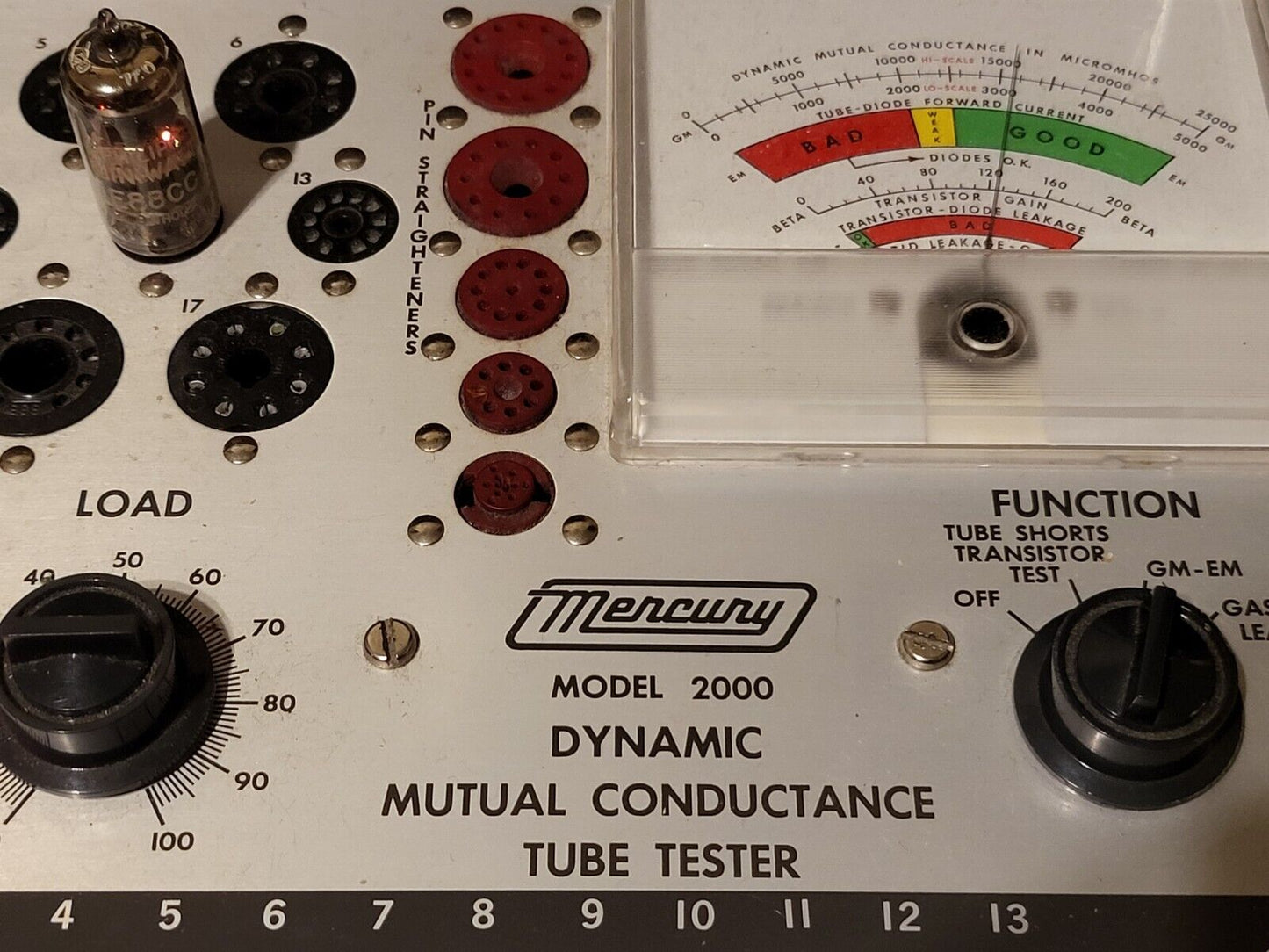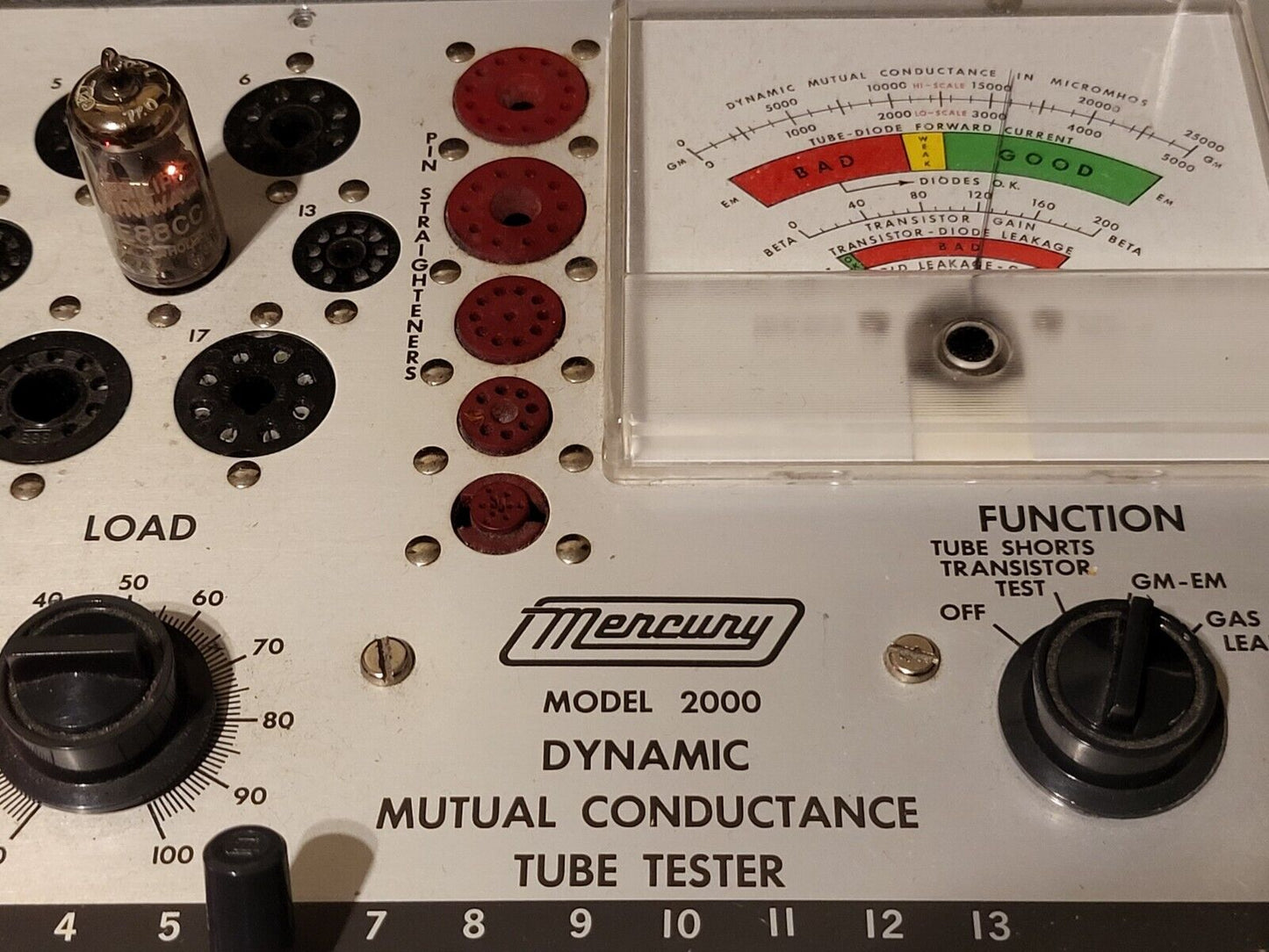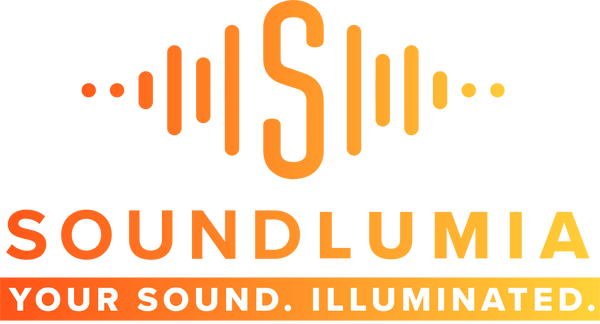1
/
of
11
Philips
Philips Miniwatt SQ E88CC 6922 Preamp Tubes Matched Pair - Holland 1961/62 - NOS
Philips Miniwatt SQ E88CC 6922 Preamp Tubes Matched Pair - Holland 1961/62 - NOS
No reviews
Regular price
$264.00 USD
Regular price
Sale price
$264.00 USD
Unit price
/
per
Shipping calculated at checkout.
Couldn't load pickup availability
Philips Miniwatt SQ E88CC 6922 Preamp Tubes Matched Pair - Holland 1961/62 - NOS
Product Summary
The beauty, the legend, the classic, the Special Quality(SQ) - this is the super tube from Heerlen's high echelon that doesn't break the bank. Known for their superb musicality and ultra low noise, thanks to Philips' proprietary SQ design, these tubes remain among audiophiles' top choices for critical listening.
Sound Characteristics
Immediately appealing is the super smooth highs offered by these tubes with lots of open air. The overall tonality of SQ is warm, musical and euphonic. The midrange displays some secondary octave nuances, which is very unique and can hardly be found even among the top-end German tubes. Similar to the Telefunken tubes, the SQ's can create infinite levels of harmonic depth and a liquid sonic texture without altering the musicality of the sound. The bass on these is the clear winner of the Heerlen tubes family: articulate, accurate, deep, textured, full-bodied and powerful. The sound stage is wide and structured - it feels the dimensions of the sound shape are clearly defined no matter how it moves.
Vocal representation on the SQ's is close to Mitcham and Blackburn Mullard tubes in terms of warmth, sweetness and texture, making them great alternatives to Mullard's as the best vocals tube. But what truly shines on SQ tubes, especially the ones from the 1960s like this pair, is their magic in portraying piano music: creamy smooth, richly colored, realistic and intimate. For many audiophiles (incl. ourselves), they're the go-to tube for piano sound. Listening to Claudio Arrau's Beethoven Complete Piano Sonatas on these tubes should be on your bucket list if you happen to be into classical piano music, but even if you are not, these tubes' superb "interpretation" of piano music from any genre will amaze you.
The ultra low noise on SQ's also sets them apart from most of the high-end tubes. They don't just compete with Telefunken tubes in low noise; they're known for being a long-term leader in low noise. As a result, you get superb detail and clarity from these tubes as well.
Professional Sound Evaluation
The pair worked wonderfully and sounded terrific in our professional studio setup for monitoring.
- Input: Cambridge Audio CXC V2 dedicated CD transport + Schiit Audio Bifrost 2 Multibit DAC
- Amplification: Liquid Platinum Tube Amplifier by Alex Cavalli
- Output: Focal Clear MG Pro open-back headphones
Our full tube sound review was written 100% based on the actual listening experience while this pair of tubes were running in the system described above.
Professional Tube Testing
NO shorts or grid leakage. NO noise or microphonics.
Both tubes tested Super Strong NOS (120%+ nominal mutual conductance) on a reliable and regularly calibrated Mercury 2000 tube tester with the following result (mutual conductance in both uMhos and percentage of nominal value):
Tube 1: 17,300/17,000(138%/136%)
Tube 2: 15,800/16,000(126%/128%)
Good tubes start at 7000 and new tubes (incl. NOS/NIB) 12,500 - 13,000, and the Mercury 2000's rated mutual conductance (nominal) for new tubes is 12,500. Test result can also be seen in the pictures. In case you wonder what all these numbers mean to your sound experience, it's actually quite straightforward: mutual conductance directly translates to a tube's ability to amplify sound, so the higher the numbers the stronger.
Appearance & cosmetic condition
Besides the world-class sound characteristics, we still treasure this pair for its near pristine cosmetic condition given the tubes' age - nearly 100% of the paint is still intact on both tubes, and the very close (practically identical) acid-etched date codes of the Heerlen factory are perfectly visible on both tubes:
delta 1L2 (delta = Heerlen, 1 = 1961, L = December, 2 = Week 2 of the production month)
delta 2A2 (delta = Heerlen, 2 = 1962, A = January, 2 = Week 2 of the production month)
Share
